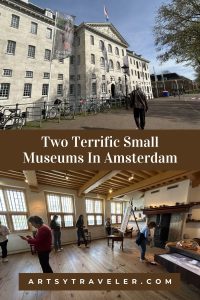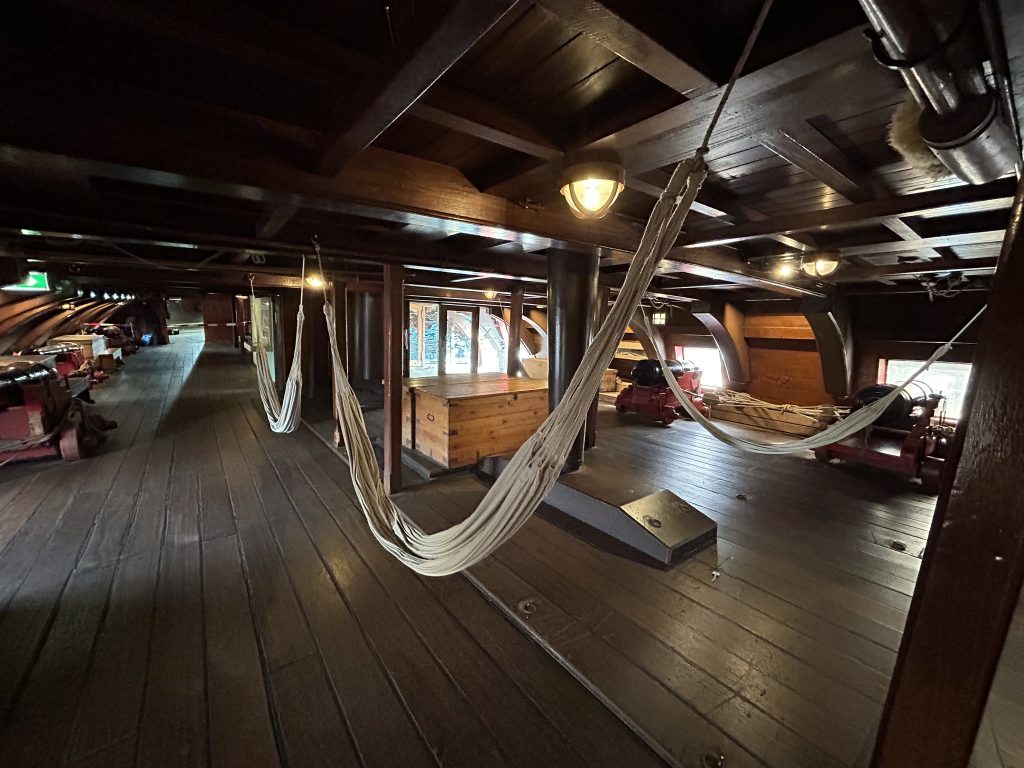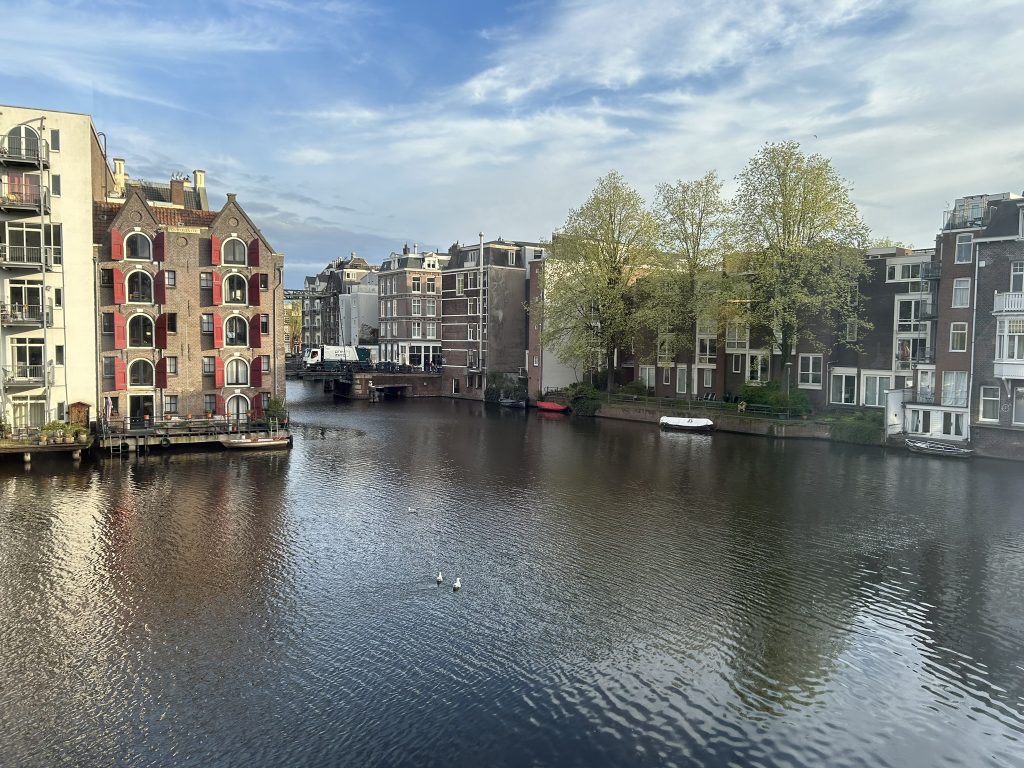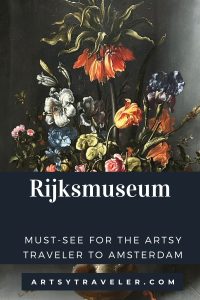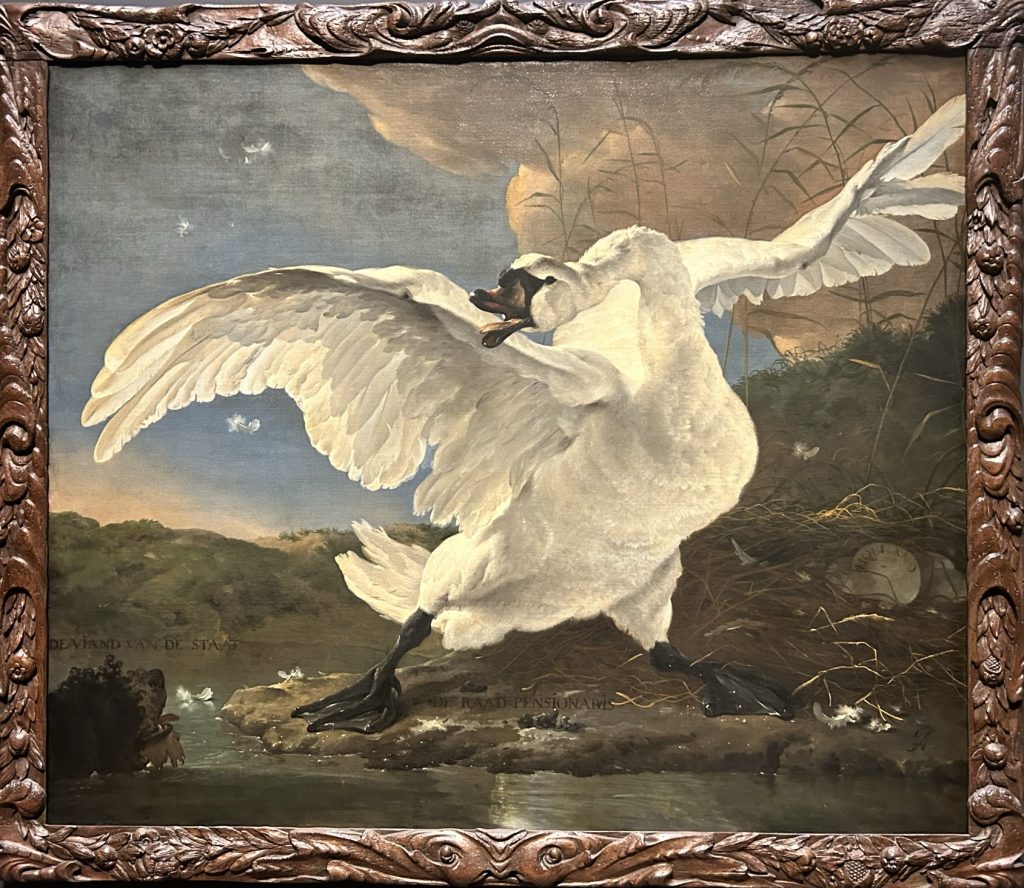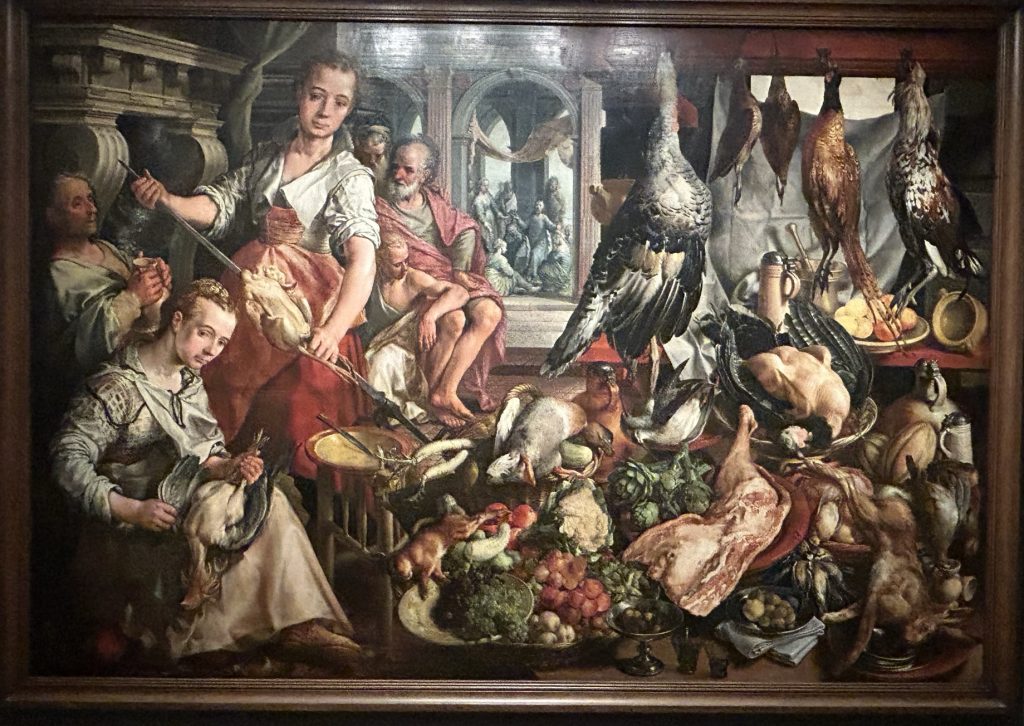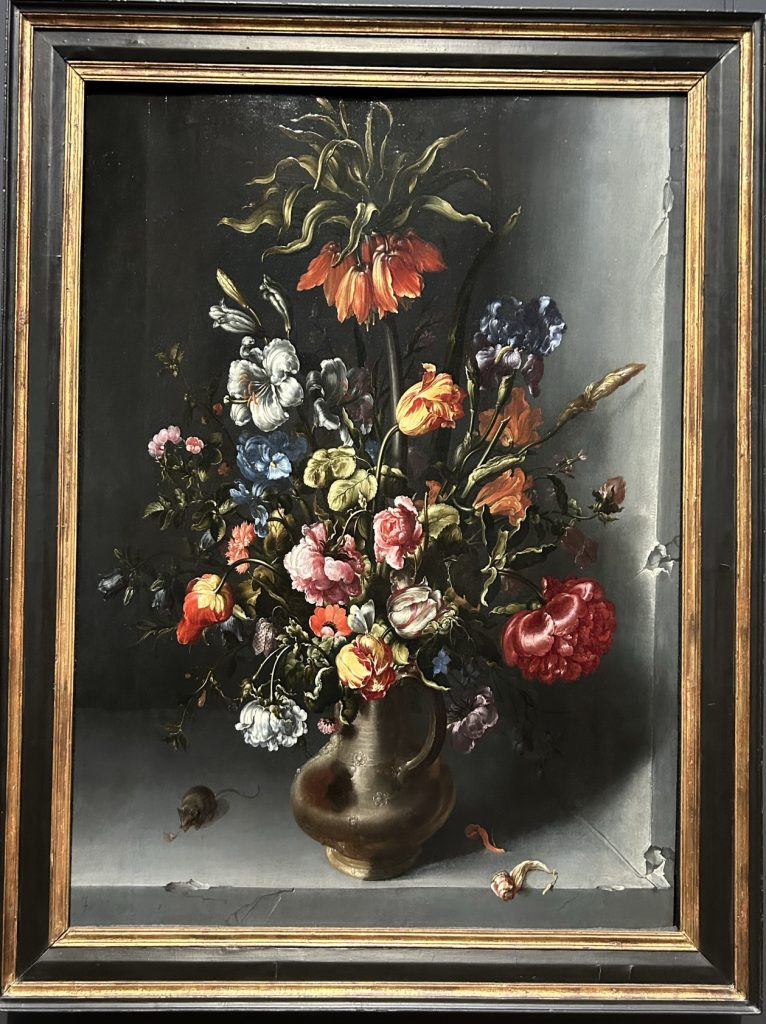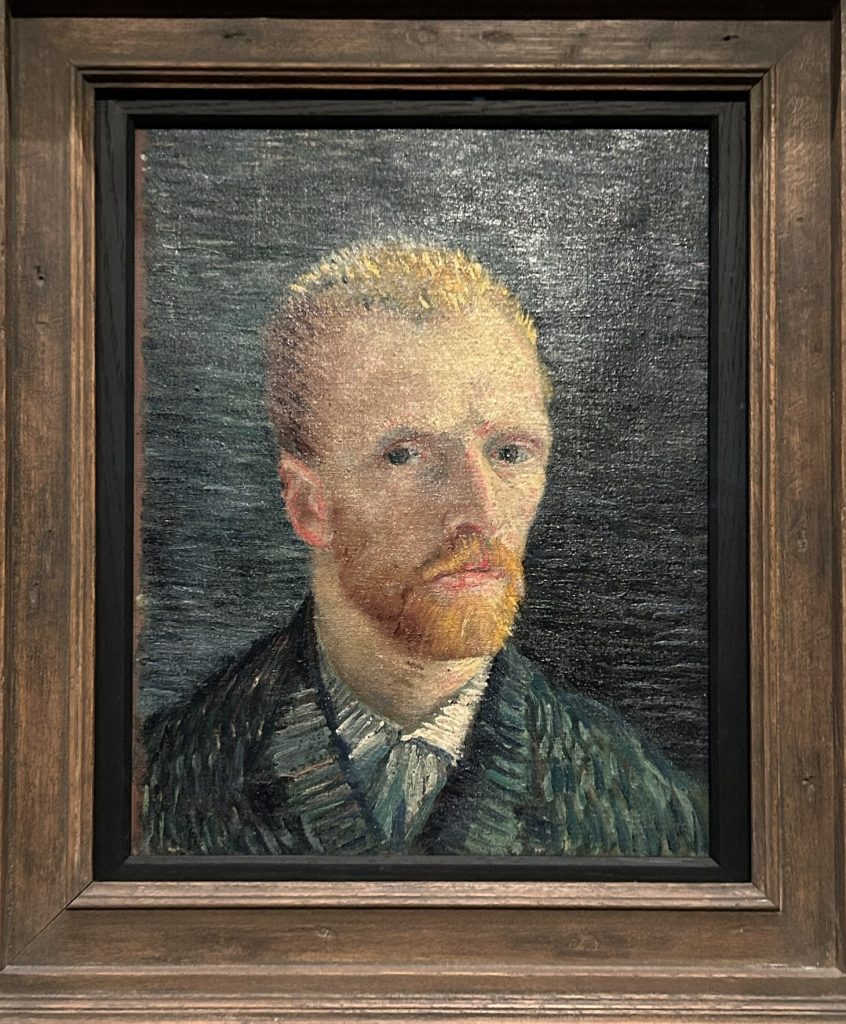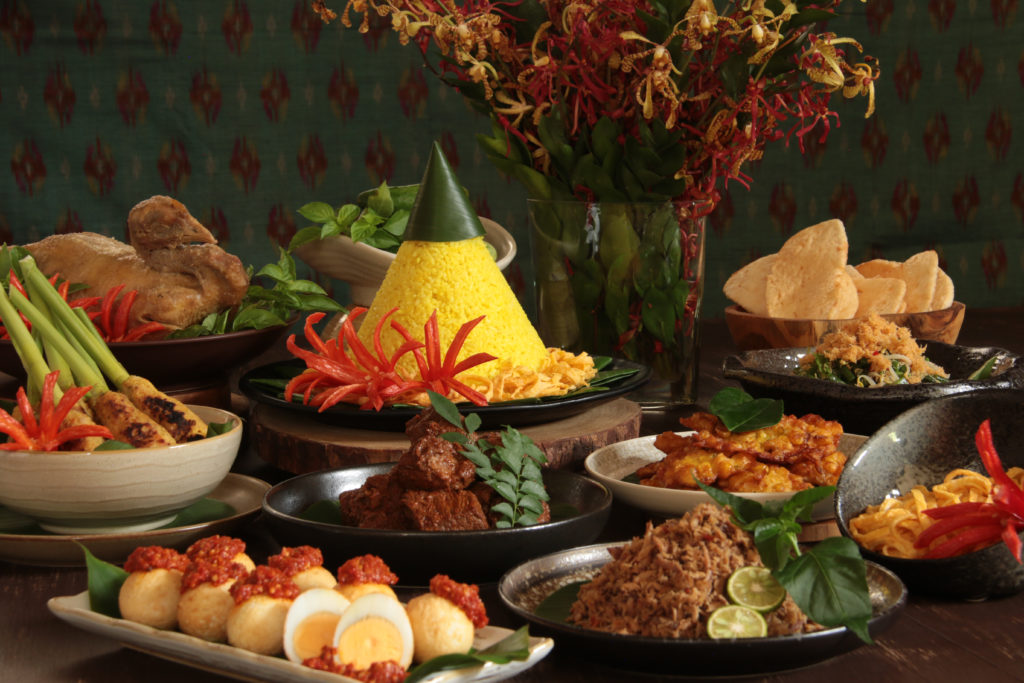Exploring Amsterdam’s Anne Frank House and Begijnhof
The Anne Frank House in Amsterdam attracts visitors from all over the world, and for good reason. A visit to the secret hiding place where Anne Frank and six other people hid for two years form the Nazis is both sobering and inspiring.
With authoritarianism on the rise in too many countries around the world, Anne’s ordeal and tragic end are more relevant than ever.
Before or after your visit to the Anne Frank House, give yourself a sightseeing break by taking a stroll into the Begijnhof (#3 on the map below). In this tranquil courtyard in the middle of bustling Amsterdam, you can “set a spell” and enjoy a calming break. It’s the perfect place to either prepare for your visit to Anne Frank House or to quietly recover.
In this post, I describe my visit to Anne Frank House and share photos of the Begijnhof on a breezy, sunny day in April.
Visiting Anne Frank House
Anne Frank House (#2 on the map above) is located on Prinsengracht Canal at Prinsengracht 263-267 in Amsterdam. For me, it’s about a twenty-minute easy walk from where I’m staying at the Clayton House Hotel American (4) on the Singelgracht.
The entrance to the museum is around the corner, at Westermarkt 20. Tickets cost €16 for adults.
Getting Tickets for Anne Frank House
You can only visit Anne Frank House with a ticket you’ve bought online from the official website. Every Tuesday at 10 am CET all tickets become available for a visit six weeks later.
When I went online to purchase my ticket six weeks before my visit, only a handful of spots were still available. This was likely because I live in the Pacific time zone and many hundreds of people were out of bed earlier than I was and snagged tickets on the day I needed them.
As it turned out, I got the date wrong, but more on that in a sec.
Entering Anne Frank House
At precisely ten minutes before the time I thought I’d booked, I arrive at Anne Frank’s house on Prinsengracht Canal in Amsterdam. I open my phone, check my eticket and discover, to my horror, that the date on the ticket is April 3 not April 8.
How did that happen? I’d marked the date when I could order tickets on my calendar months ago, and then somehow nabbed a 4 pm time slot on the wrong date.
Sigh.
Instead of turning away in defeat, I join the queue of people entering for the 3:45 slot and show my ticket to the attendant. With pleading eyes and my best I’m-a-stupid-tourist, self-deprecating smile, I tell him I got the date wrong.
He squints at my ticket, shakes his head, and then asks me how many people I am. I tell him one. He looks relieved and tells me to wait. He talks into his walkie talkie in rapid Dutch and looks concerned. Just as I am about to lose hope, he tells me to wait a bit longer while he scans in the rest of the people in the group.
After another hurried Dutch convo, he nods and says he’ll let me in. I thank him profusely, then enter the ground floor of the warehouse that houses the annex on the top floor where Anne and six other people lived for two years.
Previous Visit to Anne Frank House
I’ve visited the Anne Frank house only once before—in 1970 when I was fourteen years old and almost the same age as Anne. I remember being profoundly affected by the experience, which was my first contact with the horrors of war.
I’d read The Diary of Anne Frank the year before, and like most young girls at that time, I’d identified with Anne.
Navigating the Displays
The Anne Frank House provides the visitor with a thoughtfully organized experience. After checking my coat, I pick up an audio guide and am instructed to point it at a digital access point in the wall in every room I enter.
Along with about the dozen other visitors allowed in, I go into each room, pause to listen to the commentary and then move on.
With everyone in my group listening to their own audioguides, the visit is eerily quiet. Also, visitors are not allowed to take photos, which contributes to a more relaxed and respectful experience.
As I progress from room to room and floor to floor, the audio tour tells the heartbreaking story of Anne Frank and the other people in hiding including her father, Otto, her mother, and her sister, Margot; the people who helped the seven people survive in their hiding place for two years; and plenty of context about how Germany invaded the Netherlands and mandated the persecution of the Jews.
Learning Anne’s Story
The first thing that hits me as I start listening to Anne Frank’s story is that Anne was only two years younger than my mom. When she went into hiding in 1942, she was 13 years old when my mom, living halfway across the world in a small town in British Columbia, Canada, was 15.
My mother led a long and very productive life, dying at the age of 93 a few years ago, whereas young Anne died in 1944. The stark contrast between Anne’s life and my mom’s really hit home. Anne should have been able to live a long life like my mother had.
Progressing from Room to Room
The rooms are dimly lit and feature displays about life in Amsterdam at the beginning of the war and the ever more onerous constraints put on Jews as the Nazi occupation continued. Quotes from Anne’s writings are used in most of the commentaries.
Several displays chronicle the preparations that Anne’s father, Otto Frank, makes to take his family and the family of one of his employees into hiding.
The feeling as I progress through each room is one of increasing desperation and urgency. If not for Otto’s foresight and the help of people in his company, the Frank family would not have survived as long as it had.
Like so many Amsterdam houses, the building is tall. I climb several flights of steep stairs, pausing at each level to listen to more commentary.
Note that if you have mobility issues or trouble climbing steep stairs in very narrow stairwells, you may need to give Anne Frank House a miss.
Entering the Annex
Finally, I reach the bookcase that for two years hid the secret annex.
The commentary now stops so people can climb the last flight of steep stairs behind the bookcase to the handful of tiny rooms shared by seven people for two years.
The rooms are completely bare now and for a few moments, it’s tempting to think they aren’t that small. Then the photographs on the walls showing them furnished with cots and chairs and a table bring home just how terribly cramped life in these rooms must have been.
During the day, the inhabitants couldn’t talk above a whisper and had to walk very carefully to avoid being heard by people working in the warehouse on the floors below.
It’s sobering, to say the least.
Ending the Tour
After touring the rooms, I descend to view more displays about what happened to Anne and her family after the Gestapo discovered the annex and shipped everyone off to concentration camps.
Anne and her sister and mother died in Bergen-Belsen Concentration camp, with only Otto Frank surviving.
I learn that Anne’s diaries were found by one of the women who had helped them survive while in hiding. One of the displays shows the diary (or a facsimile more likely) with Anne’s handwriting.
In addition to describing the two-year ordeal, Anne wrote short stories and even started writing a novel. She wanted to be a writer and indeed is now celebrated as one of the Netherlands’ most famous authors.
Warning about Fradulent Ticket Providers
Here’s a warning on the Anne Frank House official website about fraudulent ticket providers:
Please note that there are fraudulent websites with URLs similar to the one used by the Anne Frank House. These sites are aimed at credit card fraud or the sale of invalid tickets. Tickets for the Anne Frank House can only be purchased through this website. Commercial parties offering Anne Frank House tours do not provide access to the Anne Frank House.
The best a commercial tour can do is take you around areas of Amsterdam on an Anne Frank walking tour. Here’s one from GetYourGuide. billed as an introspective walking tour through Anne Frank’s life. Explore the Jewish history of Amsterdam and the horrors of German occupation during World War II with a local guide.
Begijnhof
Either before or after your visit to Anne Frank House, check out the Begijnhof. It’s located about a ten-minute walk from Anne Frank House and well worth a detour.
The Begijnhof is a tranquil inner courtyard that is surrounded by 164 dwellings dating back to the 14th century and owned by the Beguines, a female Roman Catholic religious order. For centuries and up to the present day, only single women lived and continue to live in the houses bordering the courtyard.
The Beguines were women who dedicated their lives to helping the needy even though they did not belong to a church order. However, they took a vow of chastity and renounced their private lives.
The women who still live in Begijnhof must put up with tourists entering their courtyard to snap pictures. Fortunately, signs caution visitors to stay quiet and respectful and presumably the courtyard is closed to visitors at night.

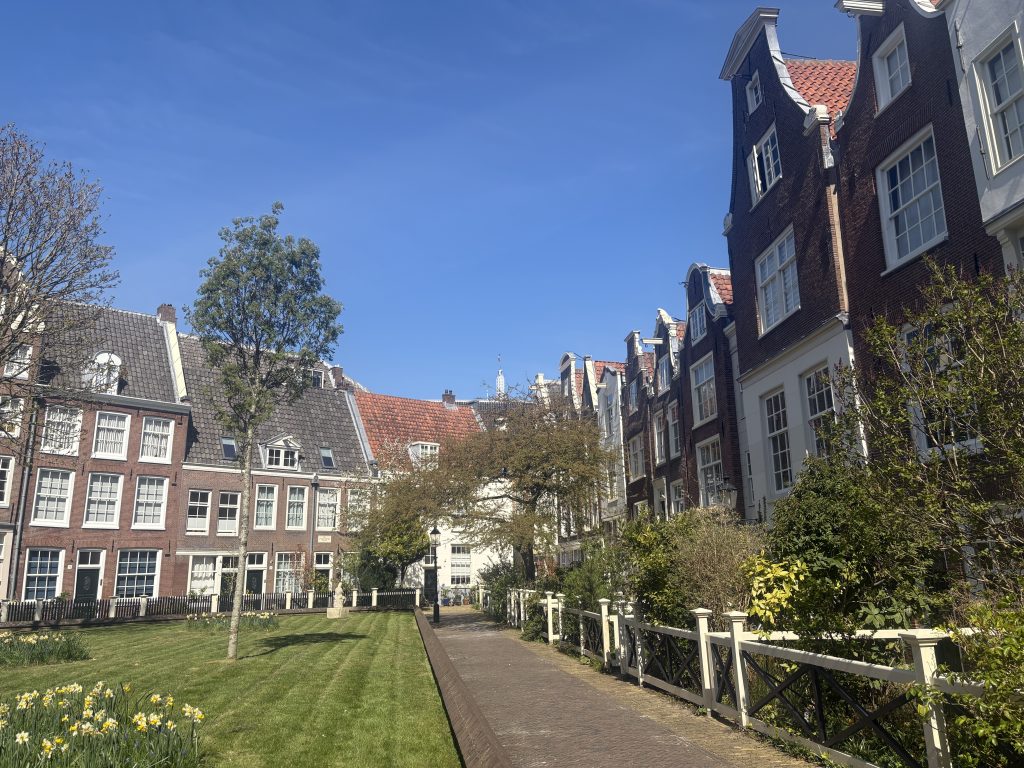
House number 34 is a wooden house reputed to be the oldest house in Amsterdam, built during the sixteenth century. Informative plaques provide information about the inhabitants of the Begijnhof back in the day, and you can enter the two churches.
The 15th century Engelse Kerk (English Church) was where the Beguines attended mass until the Protestant takeover in the sixteenth century and the church was transformed into the English Reformed Church. You can also enter the Catholic Houten Huys.
The Begijnhof is not what I’d call an attraction in Amsterdam. It’s more of an oasis–a serene respite from the crowded sidewalks and whizzing bikes in Amsterdam’s lively Centrum.
Taking time out of a busy sightseeing day to sit quietly on a bench overlooking the green lawn surrounded by beautifully preserved 17th and 18th century Amsterdam narrow houses is one of the best ways I know to get off the beaten path and just relax.
You can enter the Begijnhof for free between 8 am to 5 pm every day.
Staying in Amsterdam
I recommend the Clayton Hotel Amsterdam American (#4)–a venerable old hotel with a gorgeous art deco restaurant, friendly staff, and comy rooms. The location, about a ten-minute walk from the Rijksmuseum (#1) and overlooking the Singelgracht can’t be beat.
Another great choice is Mokum Suites (#5) on a very picturesque stretch of the Herengracht and close to the lively Rembrandtplein. From your suite, you can watch the canal boats slide past.

Conclusion
Have you visited Anne Frank House and/or Begijnhof? Share your experiences and recommendations in the Comments below. Here are some more posts about Amsterdam–one of my favorite cities in Europe.


